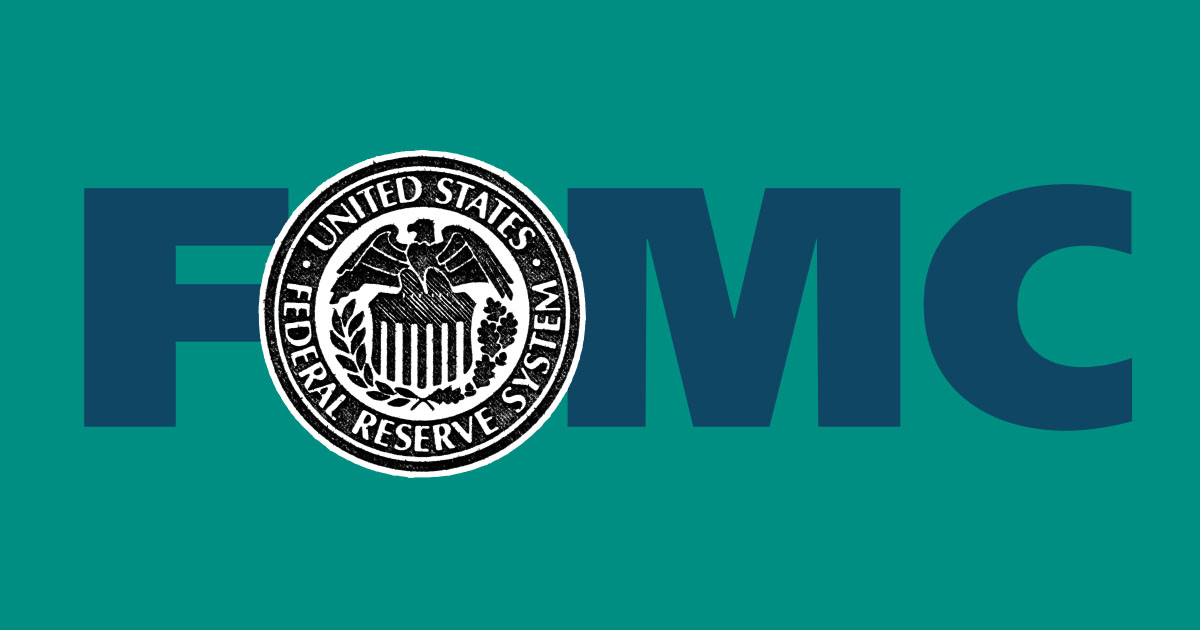

Following its December meeting, Federal Reserve officials underscored a growing confidence in their ability to guide the U.S. economy toward a soft landing, and therefore begin the process of cutting rates. As Fed Chair Jerome Powell himself stated in a 2018 speech, monetary policy strategy is an exercise in risk management. By softening the hiking bias embedded in previous Federal Open Market Committee (FOMC) statements, and lowering the projected path of the federal funds rate, FOMC participants signaled they believe the balance of risks has shifted squarely in favor of achieving sustainably lower inflation. Thus, chances of further rate hikes have diminished, and FOMC discussion is quickly shifting toward the economic conditions that would warrant rate cuts.
Because Chair Powell told reporters afterward that the FOMC had discussed the prospect of rate cuts at this meeting, markets have begun to focus on how soon and how many cuts could come. However, with the economy still proving resilient, Fed officials will likely want to hold off until additional evidence shows inflation is continuing to moderate back to the central bank’s 2% target.
Still, history suggests that once the Fed does begin to cut, the pace could be more rapid than that implied by the FOMC’s projected median interest rate path through 2025. Both forecasters and markets have tended to underestimate the speed and magnitude of the central bank cutting cycle when rates are at their peak.
The December meeting
The central bank held its policy rate steady at 5.25%–5.5%. It also released updated economic projections that we view as consistent with growing confidence that the U.S. economy will achieve a soft landing. These projections include a median outlook for 75 basis points (bps) of net rate cuts in 2024 – up from 50 bps previously projected – consistent with the Fed’s outlook for a slightly faster moderation of inflation to target, with only a modest rise in the unemployment rate.
The committee also softened the rate-hiking bias embedded in its forward guidance by inserting the word “any” into the sentence, “In determining the extent of any additional policy firming that may be appropriate… .” This suggests that while the FOMC doesn’t want to completely rule out additional hikes, officials are now more confident in having reached the terminal level of this hiking cycle.
Historical lessons from past cycles
An analysis of 140 central bank rate-cutting cycles across 14 developed markets from the 1960s to today shows that central banks have tended to cut more aggressively than forecasters and markets initially expect. To be sure, this partly reflects the difficulty forecasters have in anticipating recessions – and the tendency of central banks not to cut until they are pretty confident the economy has entered recession with unemployment rising.
However, in a handful of instances central banks have cut absent an impending recession. In these cases, inflation had already peaked, and labor markets had loosened as unemployment rose from a well- below-trend position – similar to today. Interestingly, even in these non-recessionary instances, central banks delivered 200 bps of cuts in the first year, on average – about twice the every-other-meeting pace of cuts now embedded in the FOMC’s Summary of Economic Projections.
Investment implications
Today, measures of headline and core inflation have clearly peaked, while unemployment rates have started to edge higher. However, labor markets remain tight, and less progress has been made in moderating inflation in wage-sensitive core services. A boom in immigration into developed economies spurred by post-pandemic border reopenings and geopolitical conflicts – trends Chair Powell has repeatedly mentioned in recent press conferences – also complicates monetary policy, since a potential skills mismatch and supply-constrained housing markets may limit the disinflationary effects of higher potential labor supply. Finally, a fear of inflation reaccelerating, a problem that Fed Chair Arthur Burns confronted in the 1970s, could result in central banks being a bit more lagged in their cutting cycle this time.
Nevertheless, estimating just how lagged their policy response could be is more art than science. Moreover, when the Fed does start cutting, the pace is likely to be more aggressive than what many now expect.
Markets greeted the Fed’s more dovish tone by pushing down 2-year U.S. Treasury yields by about 30 bps during the session, and by continuing to price in several more interest rate cuts in 2024 than implied by Fed officials‘ median projections. However, pricing of real yields over the next several years remains elevated, suggesting that markets are expecting a more gradual pace of cuts than history suggests, even absent a recession that could force the Fed to cut even more aggressively.

